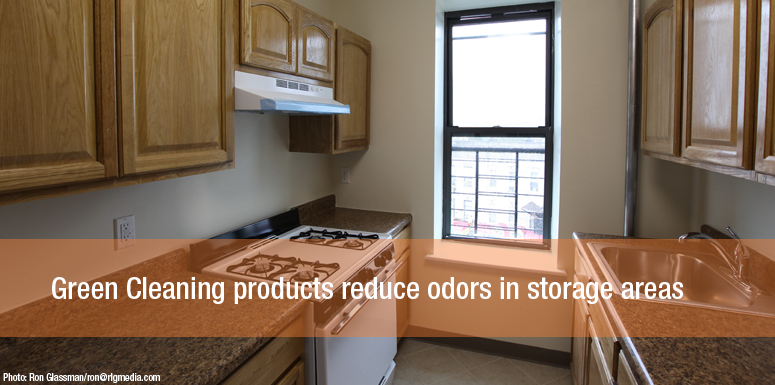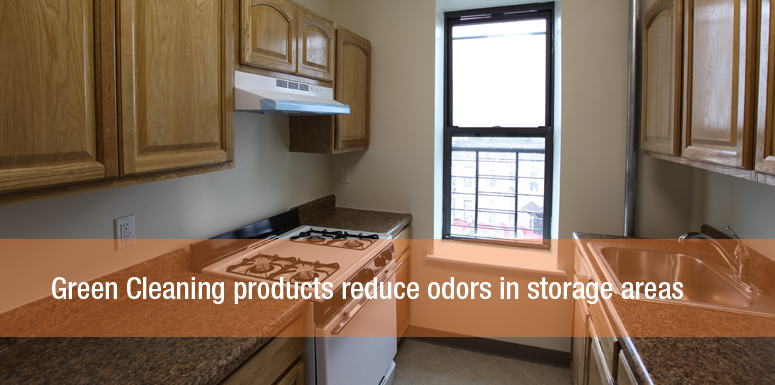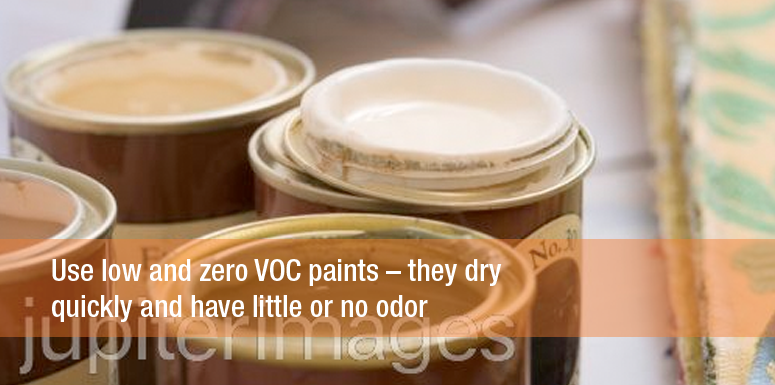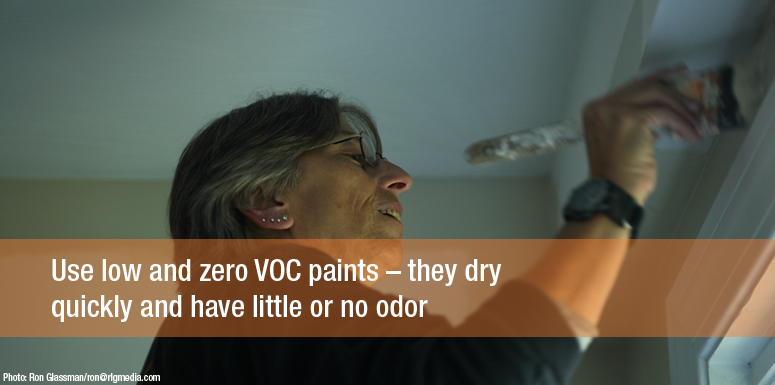Applying a Cool Roof will reduce the cost to cool the building in the summer.
![]() Put a “cool roof” on your building to keep the sun’s heat from entering and remaining in the building. Reflective asphalt shingles, when applicable, can also deflect the sun’s rays back into the atmosphere. Seek Energy Star® qualified roofing products when renovating the roof.
Put a “cool roof” on your building to keep the sun’s heat from entering and remaining in the building. Reflective asphalt shingles, when applicable, can also deflect the sun’s rays back into the atmosphere. Seek Energy Star® qualified roofing products when renovating the roof.
http://www.nyc.gov/html/coolroofs/html/home/home.shtml
http://www.nyc.gov/html/dob/html/sustainability/coolroofs.shtml














 Building Envelope
Building Envelope